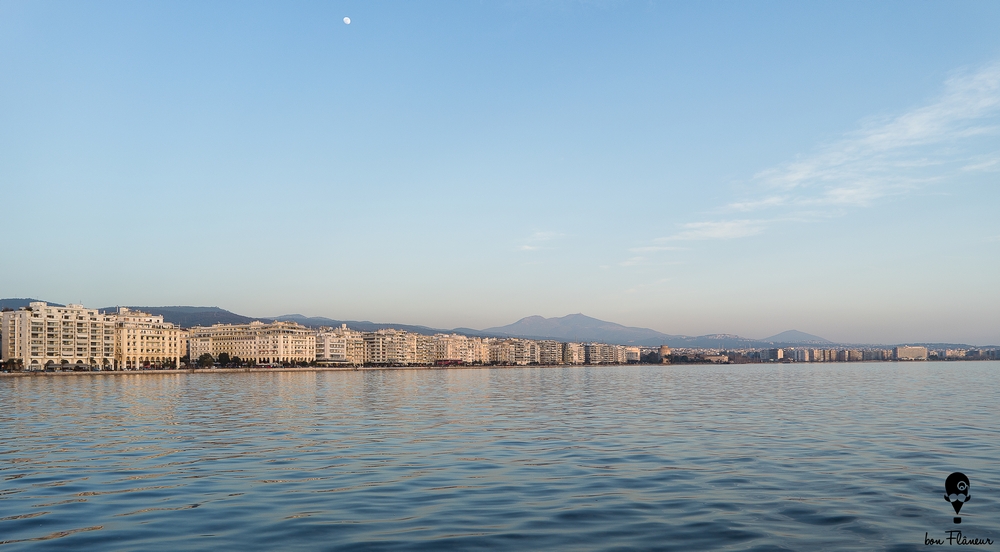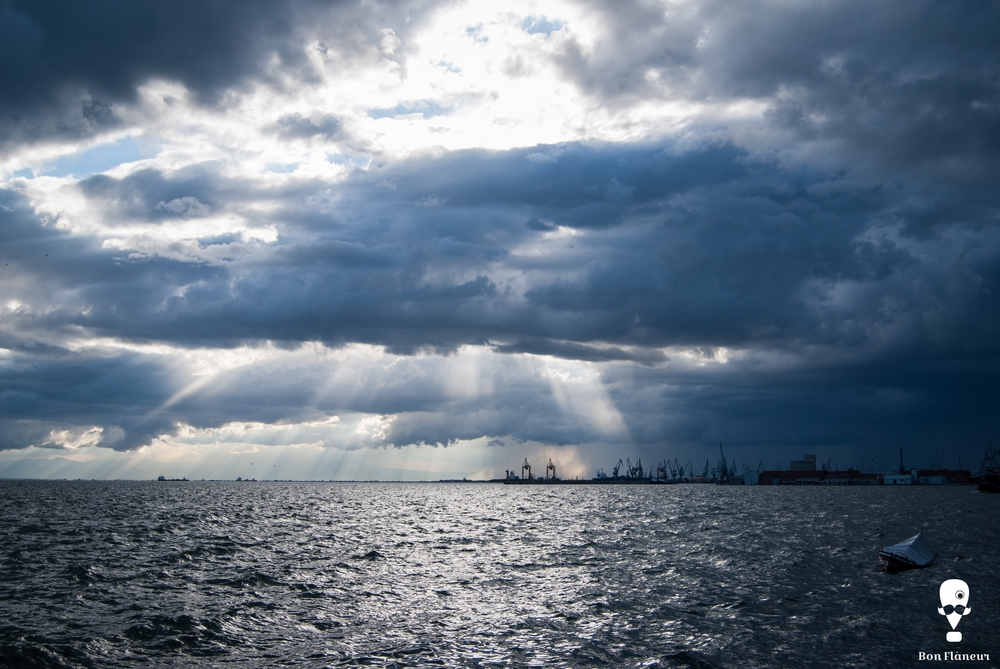Seafront, Nikis Avenue
Throughout this route, the core of the city is in direct contact with the water.
Location
Timeline
Modern and Contemporary era (1912 - )
Ottoman era (1453- 1912)
1869 The coastal wall was demolished.
1870 Incised.
1876 At the height top of Eleftherias Square, the Ottoman administration set up 7 gallows, and 7 Roma were unjustly hanged for the lynching of the consuls of France and Germany by the Turkish mob. The execution took place in the presence of military units from England, France, Russia, Germany and Greece.
1903 Officially inaugurated.






















Share